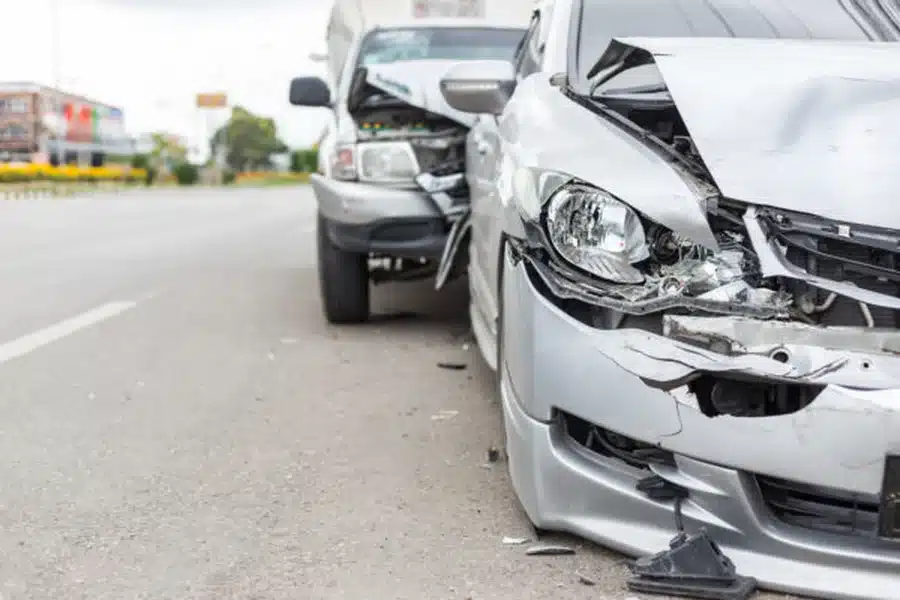Accidents don’t just happen on busy highways. In Idaho, rural roadways pose unique legal challenges. A Car Accident Lawyer in Boise often faces different obstacles when crashes occur on backroads and farmland routes.
The Landscape Of Rural Idaho Roads
Rural Idaho has unmarked intersections, gravel roads, and narrow lanes. These roadways are often poorly lit and lack clear signage. That makes them more dangerous and legally complex after a crash.
Collisions may involve farm equipment, off-road vehicles, or unfamiliar drivers. The rural setting increases the risk of confusion over who was at fault. This uncertainty directly affects how a lawyer can build a case.
Rural routes don’t always follow the same traffic flow rules as city streets. Determining right-of-way in these areas can be complicated. That’s where legal representation becomes essential.
Jurisdictional Issues In Remote Areas
One of the first challenges is determining jurisdiction. In rural regions, it’s not always clear whether the county, city, or state is responsible for the road. This can delay legal filings and insurance claims.
The state maintains some roads, while local farmers may privately own or maintain others. Each has different legal standards. Understanding who is responsible is crucial for a successful claim.
A crash on a remote road could fall into multiple jurisdictions. That might mean different investigators, conflicting reports, and varied legal procedures. Sorting this out takes time and legal insight.
Limited Witness Availability
Witnesses to accidents are easier to find in populated areas. But in rural Idaho, the nearest person may be miles away, creating serious hurdles in verifying what happened.
Without eyewitnesses, cases often rely on physical evidence. That can include skid marks, vehicle damage, and surveillance footage—if it even exists. There may be no cameras or other recording devices in remote areas.
Lawyers must work harder to reconstruct events. They may use accident reconstruction experts or drone footage to gather data. These tools are helpful, but they can also be expensive and time-consuming.
Road Maintenance Responsibility
Another challenge involves road maintenance. Who is responsible when a pothole, faded sign, or unmarked intersection contributes to a crash? In rural areas, the answer isn’t always obvious.
A public entity can be held responsible if it does not take care of the road. Yet, when you sue a government agency, you must comply with different rules like having shorter notice periods and deadlines. Most people learn about this after significant consequences have occurred.
If the road is privately maintained, the owner may be held responsible. That might be a farmer, a business, or a homeowner’s association. Proving negligence in these cases takes detailed investigation.
Challenges With Emergency Response
Help may take more time to reach remote locations where accidents happen. If response times are too slow, injuries could worsen and there would be gaps in the medical documents. It might affect the way property or personal damages are worked out.
Delayed treatment may also raise questions about the severity of injuries. Insurance companies often use this to argue that a person’s condition wasn’t urgent. Lawyers must work hard to counter that narrative.
Additionally, reports from rural first responders may lack the detail found in urban departments. That can make it harder to establish fault or a timeline. Every missing piece of evidence is a hurdle in the legal process.
Insurance And Coverage Gaps
Rural accidents can involve uninsured or underinsured drivers. Some rural residents may not carry full coverage or drive older vehicles without protection. This complicates recovery efforts for injured parties.
Farm equipment or ATVs involved in a crash may not be insured like standard vehicles, raising questions about whether policies apply. A lawyer must dig deep into policy language to find potential coverage.
Sometimes, victims must rely on their uninsured motorist policies. But even those claims can be denied or delayed. Knowing the insurance landscape is critical for a strong case outcome.
Building A Case In Rural Idaho
A successful rural crash case depends on strategy and experience. Lawyers must thoroughly investigate the scene, consult experts, and understand jurisdictional rules. Every detail matters when liability is unclear.
It’s not just about proving the other driver was negligent. It also identifies all possible contributing factors, like inadequate signage or poor road conditions. Rural cases demand a comprehensive approach.
The goal is to make sure victims aren’t left with the burden of someone else’s mistake. That often means piecing together information that isn’t easy to find.
Conclusion
Serious obstacles arise in the legal process after a crash on Idaho’s rural roads. Whether a case deals with uncertainty over the details or limited proof, every case presents its own set of issues. A Boise Car Accident Lawyer knows how to deal with complex insurance procedures.




